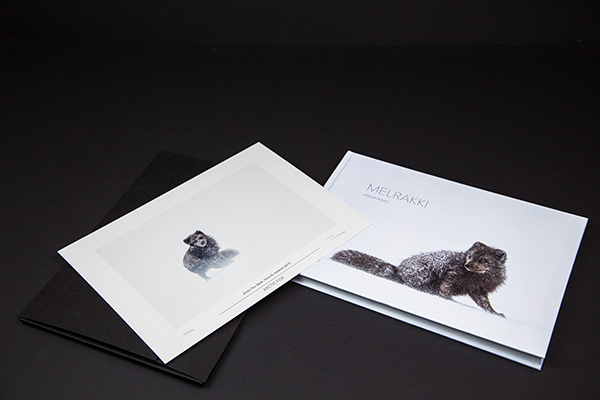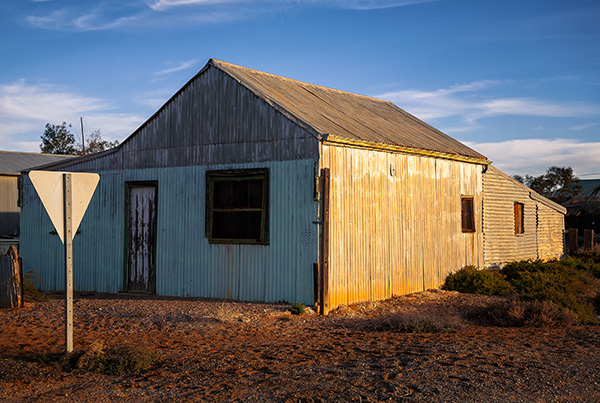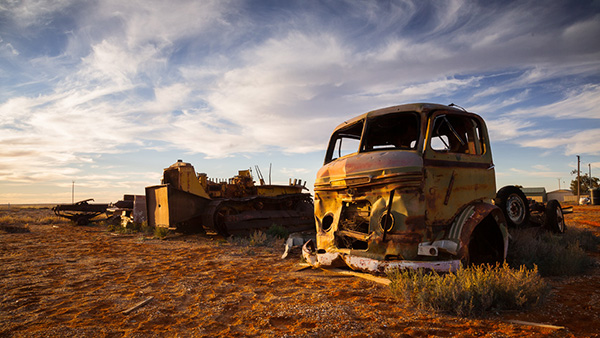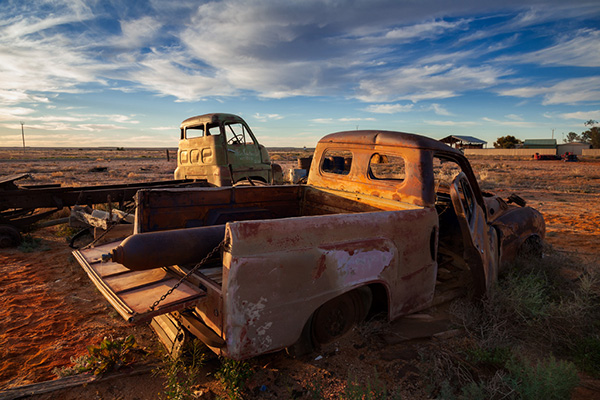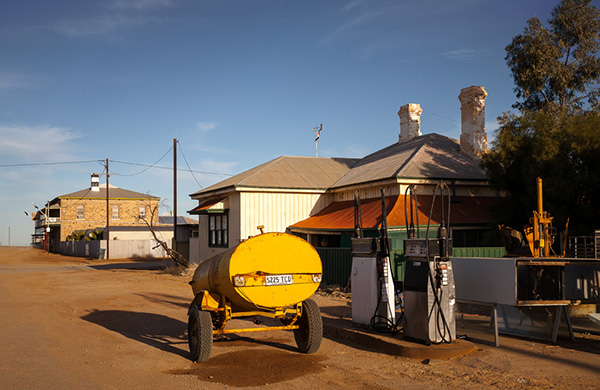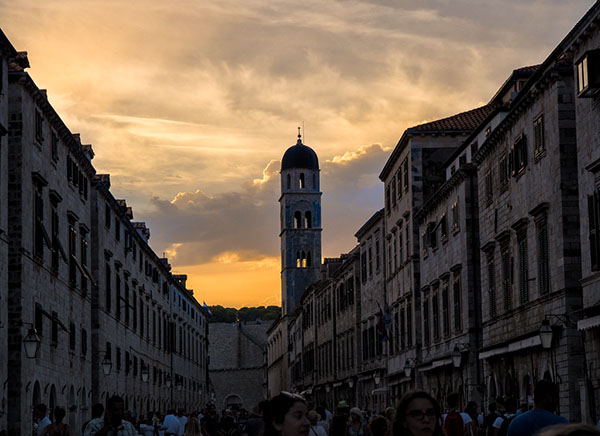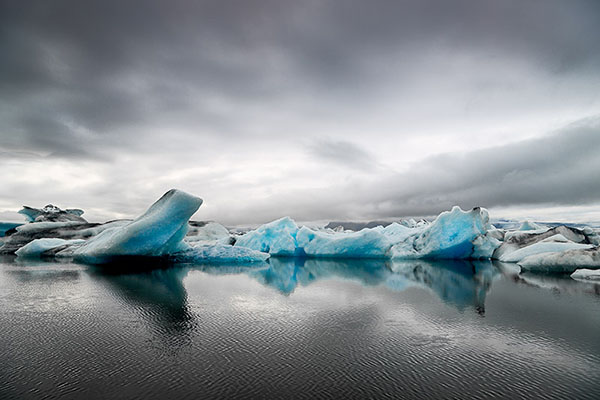Prior to switching to digital photography in 2002, I shot almost entirely in black and white. My film of choice was Kodak Tri-X and after experimenting with a few developers over the years, I settled on Rodinal. My favourite paper was Agfa, I loved the rich blacks and the contrast I could get from the Tri-X/Agfa combination.
In the early days of digital, I was captivated by the new world of colour I had had easy access to, plus my early attempts to create monochrome images pretty much stopped with desaturating the colour image; never really successful.
As I learned more about image processing in general and Photoshop in particular, I tried a few times to re-discover the magic Tri-X look, but I never managed to consistently produce images I was happy with. I wasn’t sure if this was because:
- Digital didn’t produce good black and white images
- I didn’t know enough about converting colour to black and white
- I had been making colour images for so long I no longer ‘saw’ monochrome images
- All of the above.
I have just had yet another day of trying to develop a workflow that will consistently produce results I can accept. This first image, Stobie pole, was processed using the Alien Skin Exposure Tri-X preset.
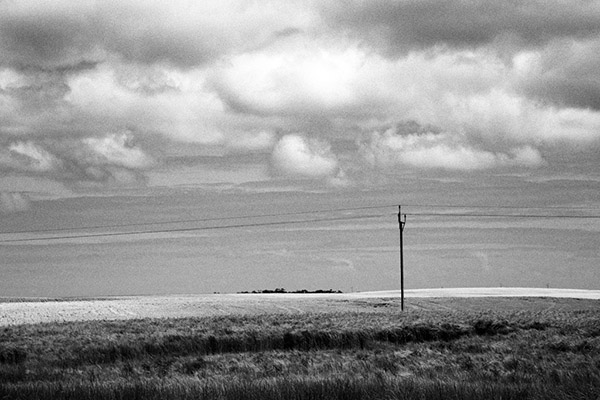
The next image, Three trees, was made with the Nik Silver Efex plugin. Silver Efex doesn’t have a Tri-X preset, so I picked the nearest ‘look’ I could find for this image and that turned out to be the Ilford HP5 preset.
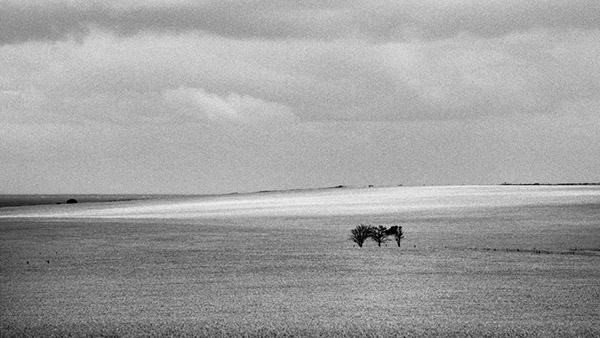
Both images were then tweaked; extra contrast, some dodging and burning and other minor, darkroom-like changes.
I am still not entirely happy with the results, but I feel like I am making progress and learning more about how to change a full colour image into a monochrome one.
After that, must learn how to make good monochrome prints again.
